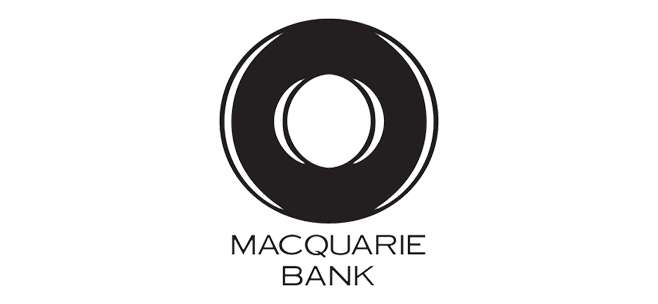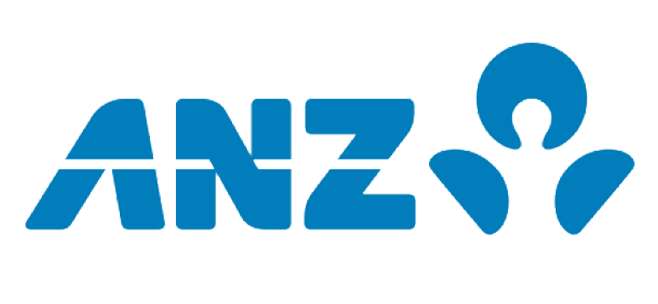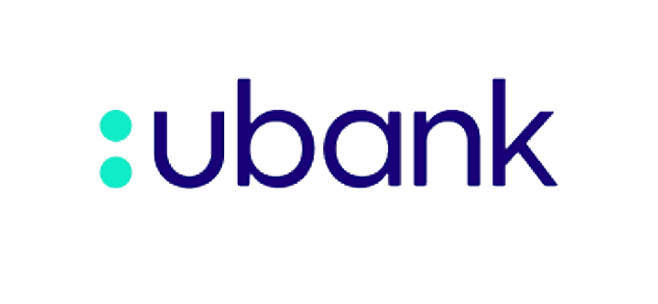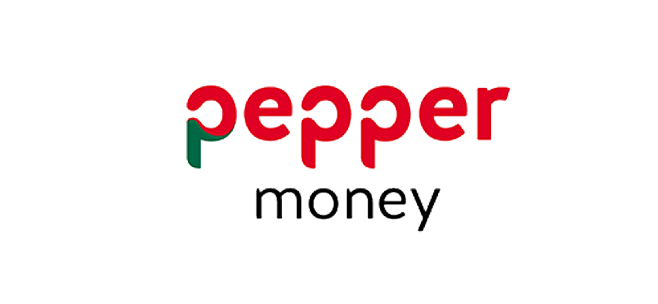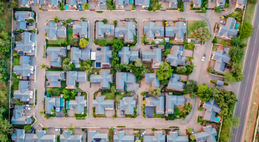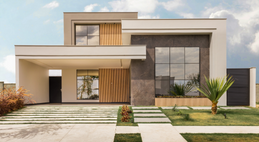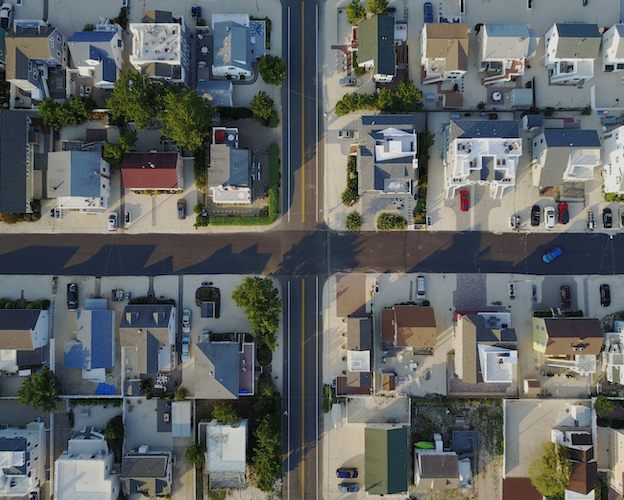In particular we focus on getting the loan structure right the first time, choosing which lenders to use in the right order (yes this is important) and finally getting our clients the best deal possible.
Development Finance
Are you a developer? Finance from the banks hard to get?
 It is well known that to secure development finance from a major bank is getting much more difficult. Like the GFC days when it was virtually impossible we are returning to very tight controls. We suspect that is to protect the banks mortgage books from being impacted by over supply. Banks are now often requiring 100% of debt coverage from pre sales and they have pulled back on the percentage of hard costs that they will fund.
It is well known that to secure development finance from a major bank is getting much more difficult. Like the GFC days when it was virtually impossible we are returning to very tight controls. We suspect that is to protect the banks mortgage books from being impacted by over supply. Banks are now often requiring 100% of debt coverage from pre sales and they have pulled back on the percentage of hard costs that they will fund.
We have access to non bank lenders, private equity and private lenders that do not normally require any pre sales at all. They will also approach the way they look at a project from a different angle to the major banks.
Namely, these developer finance lenders will work off the gross realisation value (GRV) of the project rather than the traditional hard cost or total development cost (TDC) method when working out how much they will lend.
The main things non traditional development finance lenders will look at are:
- The Project – does it make sense?
- The Profit – is there a big enough profit in the project ?
- The People – are the people behind the development experienced?
GRV development finance method explained
Gross realisation value (GRV) based first mortgage facilities look at the projected end value of the project and will extend funding to a percentage of that. In general the maximum GRV is 65%, or 70% in some cases.
Advantages of GRV development finance
- No pre sale requirements can mean a higher realisation price especially in a rising market.
- No pres sale requirements can mean the project holding costs are less and the development can commence more quickly.
- Less developer equity required.
- Taxable income figures for the borrowers are not generally required.
- All fees and interest can be capitalised
GRV development finance general guidelines
With non bank lenders and private funders, nothing is set in stone. However, below are some guidelines that, if met, will ensure we can help you secure developer finance.
- Projects should be in desirable locations with high demand for the product being built.
- Profit margins should be between 15% and 25% depending on the type of project.
- The borrower should be an experienced developer.
- The borrower, while not generally required to prove serviceability, will need to have some tangible assets behind them and not be credit impaired.
- While the funding may be typically be available up to 65% of the GRV or end value, this ratio cannot be exceeded at the land stage or any stage of the development. If the land has increased significantly from when it was purchased there is no restriction on using the increased value. This means that 100% of hard costs can be funded in some circumstances.
GRV funding versus traditional hard cost funding
Below is a set of basic figures that we have extrapolated to show the advantages of GRV development finance over traditional hard cost funding.
Assumptions (all figure are GST exclusive):
| Interest rate TDC / bank funding | 7% |
| Interest rate GRV/ non bank lenders funding | 11% |
| Construction period | 12 months |
| Hard cost method 80% of TDC | GRV method 65% of end value | |
| Realised value from sales | $17,000,000 | $17,000,000 |
| Land cost / value | $5,000,000 | $5,000,000 |
| Development hard costs | $7,000,000 | $7,000,000 |
| Development soft costs | $800,000 | $800,000 |
| Interest & fees | $500,000 | $1,050,000 |
| Total Costs | $13,300,000 | $13,850,000 |
| Maximum loan | $9,600,000 (80% of hard costs) | $11,050,000 (65% of GRV) |
| Developer equity required | $3,700,000 | $2,800,000 |
| Profit after interest | $3,700,000 | $3,150,000 |
| Profit after interest % | 27% | 23% |
| Return on equity % | 100% | 112% |
In the above example by using GRV method to secure developer finance, the developer reduces profit by $550,000. However and importantly, they could secure funding with a significantly smaller equity contribution (over a $900,000 less). As there is no requirement for pre sales. The developer also has a possible upside in the sale realisation prices. Even a minor increase in price over the 12 month period would more than make up for the $550,000 in extra interest and fees charged with the GRV development finance method. If you assume a sale price that is 5% higher then that would equate to $850,000 in sale proceeds.
Developer finance needed? Mortgage Experts.
Our Current Lender Panel







